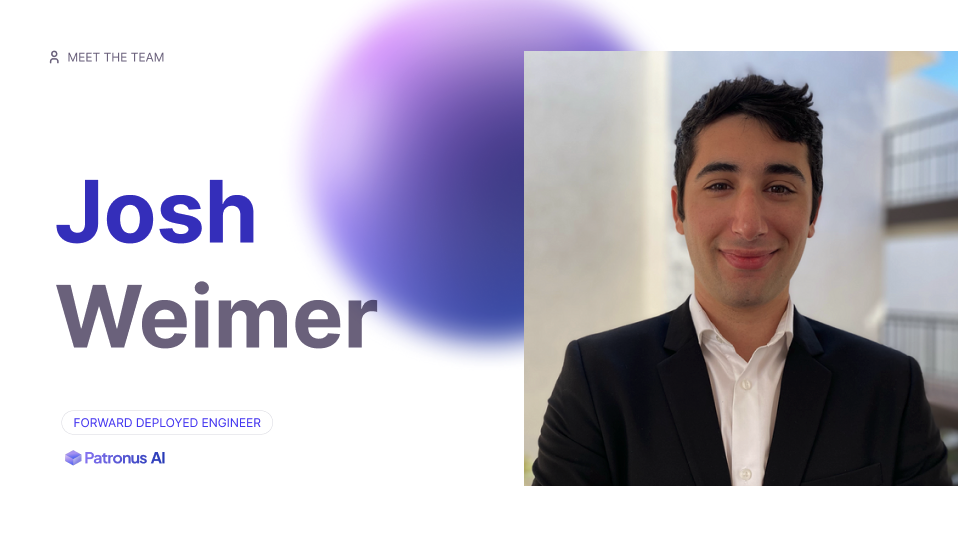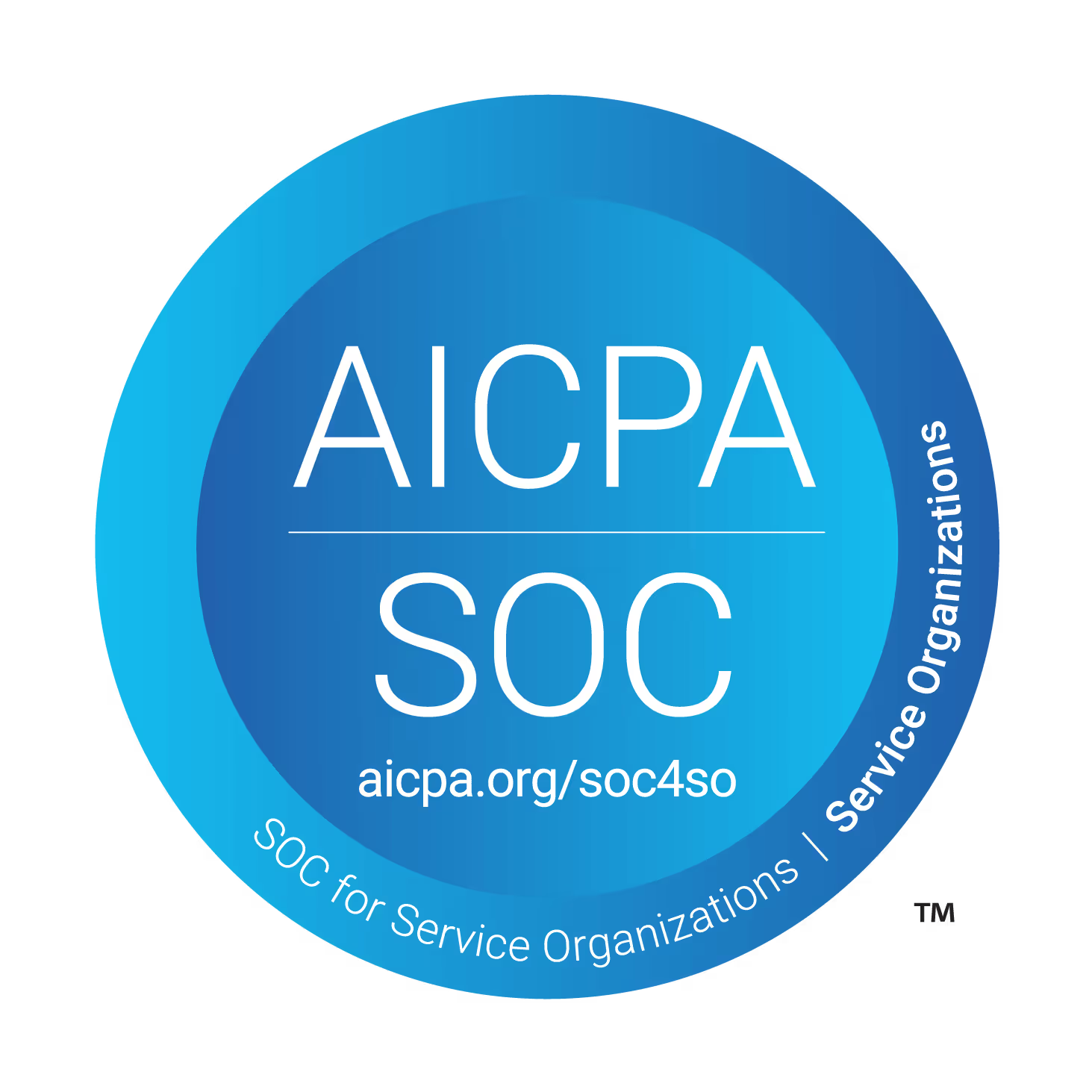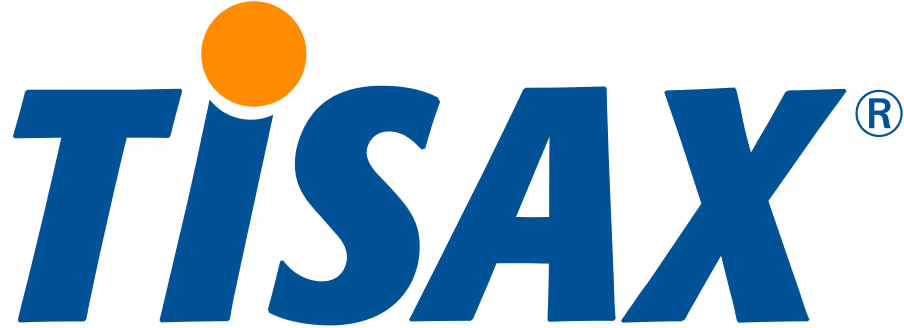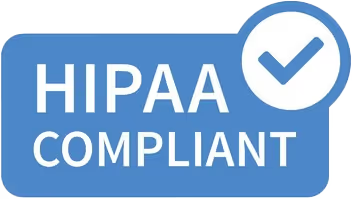Day in the Life of an FDE

The Forward-Deployed Engineer is becoming one of the most sought-after roles in tech, with a broad scope, internal and external-facing responsibilities, and end-to-end ownership of projects. We had a conversation with our FDE Lead, Snigdha, to learn more about her role as an FDE, what she does day-to-day, and how it differs from her prior work as a backend engineer.
Could you walk me through a day in your life?
Every day is different and hinges on what I’m trying to achieve. In weeks where I’m leading a sales pilot, I am heads down writing code and taking ad hoc pairing and QA sessions. There are weeks where I prioritize building out an internal tool that can help our team move faster or whiteboarding a new product feature with our engineering team.
My goal is to be in a tight feedback loop with our customers and our engineering and research teams so we’re building close to customer needs. This feedback loop is also what makes my work rewarding, because I get to see our product and research work improve customers’ pain over time.
Every day also demands that I be flexible. Sometimes, I’ll participate in an ad hoc sales call, or customers will message me asking to pair on code. I have a lot of flexibility in how I structure my day. I usually start and end at different times. Even on days where I have customer and prospect calls, I workout mid-day and block out periods where I can QA our product, test out tools, read about the latest releases, and study eval papers.
What does an example of a client workflow look like?
In general, every customer has built out a different workflow and is in a different stage of development. I’ve interacted a lot with chatbots, RAG-based document processing pipelines, and agentic systems. Everyone is also using different tools like Langchain or Langfuse or in-house observability systems.
There’s one prospect right now who’s trying to evaluate their chatbot and reduce manual annotation time for their business teams. Their LLM architecture spans several microservices, so I’ve been trying to reverse engineer their CI/CD pipeline so I can plug in our SDK, query their chatbot APIs, and extend their existing regression testing system. The engineering work I do is also complicated by the constraints of enterprise processes. I’ve had to be creative in figuring out data generation for sales pilots when I’m unable to access a prospect’s system due to compliance and security limitations.
Who do you collaborate with?
On Monday mornings, I’m in a weekly product scoping call where two engineers and I discuss high-priority customer tickets and engineering projects for the week. My day ends with a pipeline review where our GTM team discusses the state of our prospects and pilots.
I’m usually ideating with Anand, who leads our GTM team among other things, Varun, who leads Engineering, and Peng, who leads Research. I also talk to most of the engineers and researchers on our team every week to deploy new features, build custom integrations, and test new prototypes.
What gets you up in the morning?
Getting to the gym, coffee, and having good conversations. :)
I try to do some form of cardio every day. I’ll run outdoors when the humidity is milder, and I’ve recently been biking. I sometimes take Iyengar yoga classes, and recently I’ve been testing out some new back workouts.
Other than being in the gym, I love having good conversations.
What are you most excited about when you get to work?
I love our team. I especially love the conversations where an engineer and I are talking to the customer, debriefing, and then whiteboarding solutions. There are many ways to solve problems, and I love that everyone on the team can be a thought partner.
Our office is near Madison Square Park, and our space usually changes every week. We’ve been through iterations of plants, coffee machines, and gym equipment to make the space feel like home. We also have visitors every week, and we’ve hosted launches and events too. The space is a fun one, we always welcome guests. :)
What are the biggest differences between your current role as an FDE and your previous one as a backend engineer?
Before Patronus, I was working on Cash App’s Product Platform team, building out internal tooling as a backend engineer. I think there are three core differences from my work, then. I now get feedback on my work instantly from customers or our team. I am also directly responsible for outcomes. And lastly, I choose which problems to solve and how I solve them.
Previously at Cash App, I think that the problems to solve were channeled to me, and I spent most of my time writing PRs, pairing with engineers, and talking to our internal customers. Now, there are usually many problems to solve at once, and I am constantly prioritizing. I also spend a lot of time thinking and talking about how to solve a problem.
For example, right now, I’m working on recruiting and team building. In previous quarters, I’ve written marketing content and led the shipping of product features. All of this work exists outside of my day-to-day customer and engineering work, but working in different functions across the team has made me a more creative problem solver.
What makes a successful FDE?
Good energy, ability to prioritize, and an enthusiasm about solving problems, especially ones that are not scriptable. I’d love to work with someone excited to improve their own communication and ideate solutions to customer problems together.
Key Takeaways of the FDE Role
- Allows you to improve your communication and end-to-end product development skills
- Provides flexibility, choice, and variety of work that shifts day-to-day
- Allows you to work on multiple projects so you’re never blocked
- Gives you the chance to learn how different companies are operating and growing
- Allows you to experience market dynamics with fast pilot development and deal closure
Want to join Snigdha and become an FDE on our team? Apply here. We’re excited to meet you!
%201.avif)



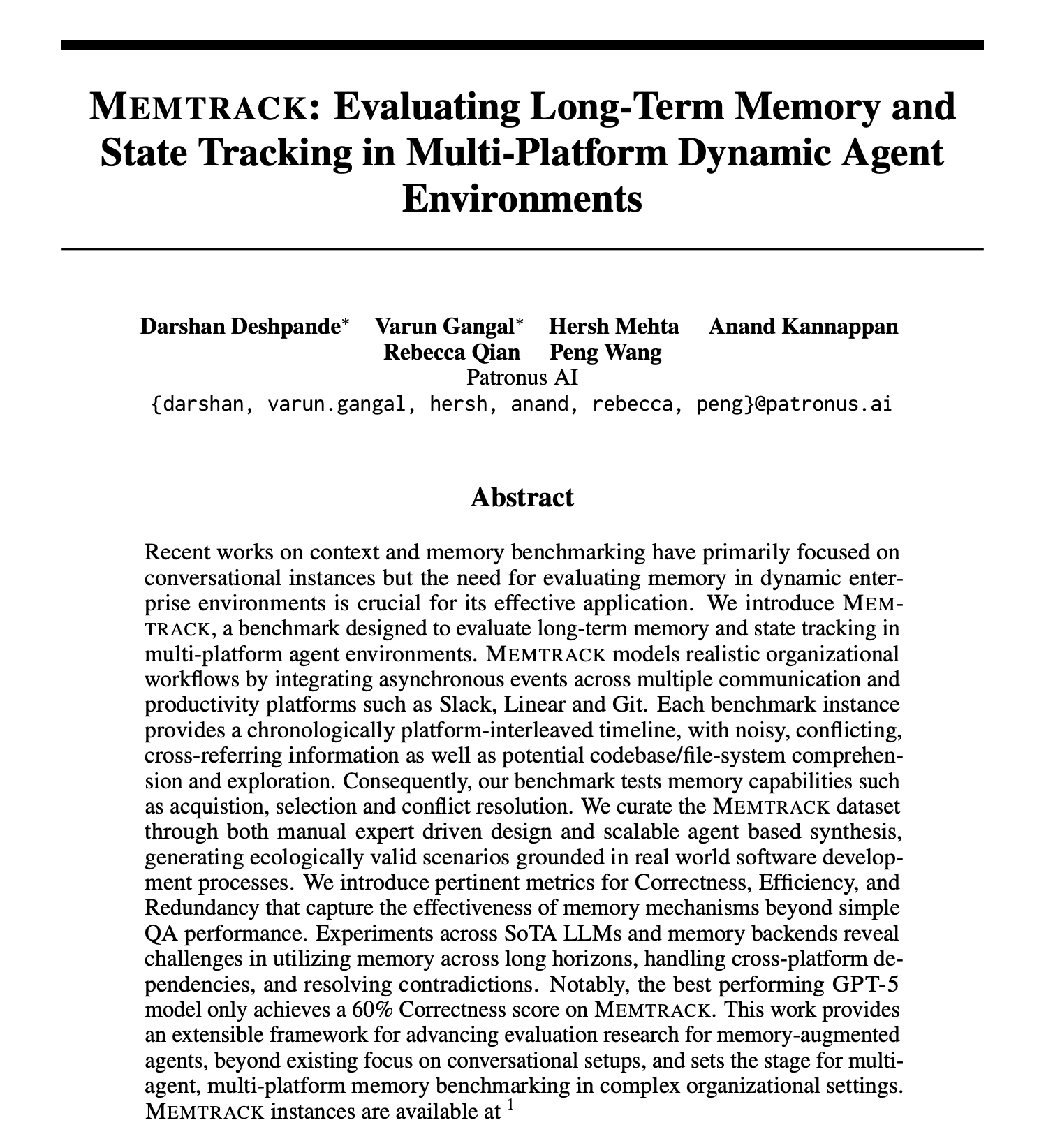
.png)
